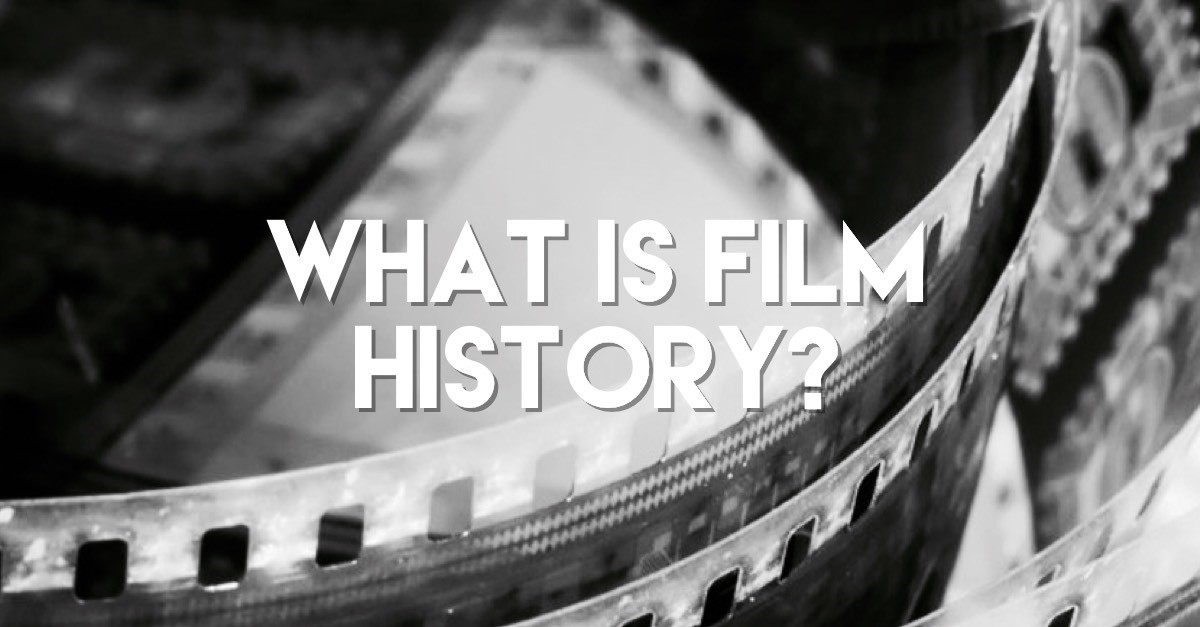
There are dozens of aspects in film history, however this blog will mainly focus on CGI (Computer-generated Images). The first use of the 2D computer-generated imaging was debuted in 1973 in the sci-fi thriller Westworld; directed by Michael Crichton who used a technique now common in the modern film industry, known as pixelisation. Although the digital effect was only used for two minutes, Crichton would soon become a pioneer of visual arts, becoming the first director to use 3D computer graphics in the sequel to his original blockbuster, Futureworld (1976).
3D CGI quickly became popular in the film industry, and was widely used especially in blockbusters. Films such as Terminator 2: Judgment Day used computer generated imagery to great effect, even managing to create a fully CGI character. CGI slowly overtook hand-drawn animation, with Toy Story becoming the first fully CGI feature film in 1995, following on from Pixar's first ever animated short film in 1984. This showed the first uses of motion blur technology, and took a large leap toward Pixar's modern day aesthetic by abandoning geometric shapes and forms and replacing this with a larger and more fluid palette. Animation has benefited greatly from the implementation of CGI, as we now see more hyper-realistic CGI being used, especially in live-action remakes of hand-drawn animated films such as the 2016 version of The Jungle Book and 2017's Beauty and the Beast.
While CGI is only one of the many technological aspects of film, it has undoubtedly been influential in shaping and changing the film industry. The change from early CGI used in Westworld to modern CGI is monumental, and has allowed for new developments not only visually but narratively. For example, filmmakers are no longer as limited with what they can show and so can produce a higher quality of product.
Taking one specific technological innovation and tracing its development allows for a good amount of detail and some good clear examples, but the post doesn’t really reflect more widely on what the question is asking, or try to position this example within an overarching statement about what film history ‘is’ or how we might approach it – try to use case studies to support a larger argument, rather than isolate them.